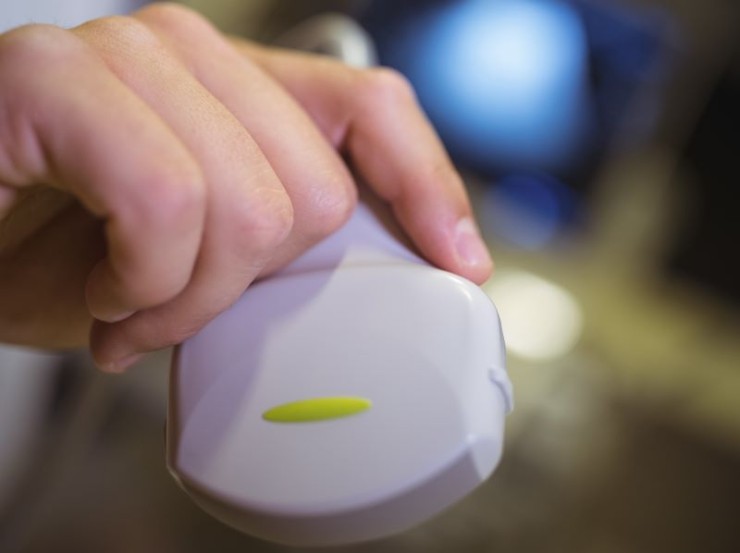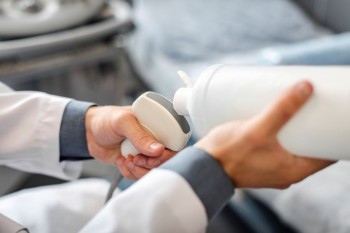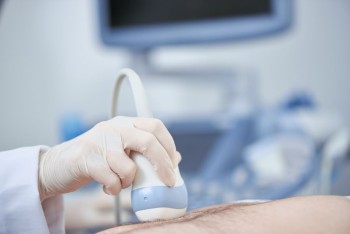
Introduction to Doppler Single Upper Limb Examination Doppler Single Upper Limb Examination is a specialized ultrasound test designed to evaluate either arterial or venous blood flow in one arm.
Doppler Single Upper Limb Arterial or Venous in India with Cost
Doppler Single Upper Limb Arterial or Venous in
Detail
1. Introduction to Doppler Single Upper Limb Examination Doppler Single Upper Limb Examination is a specialized ultrasound test designed to evaluate either arterial or venous blood flow in one arm. This targeted approach provides detailed insights into the circulatory system of a single upper limb.
2. Significance of
Focusing on a Single Upper Limb
By concentrating on a single upper limb, healthcare professionals can identify localized issues, offering a more precise diagnosis and treatment plan.
3. Distinction Between Arterial and Venous Doppler
Arterial Doppler assesses blood flow in arteries, while Venous Doppler focuses on veins. The two examinations serve distinct diagnostic purposes.
4. Preparation for Doppler Single Upper Limb Exam
Patients are typically advised to wear loose clothing, and no specific dietary restrictions are associated with this exam.
5. Procedure and Steps
Step 1: Patient Positioning
The patient is positioned comfortably, with the targeted arm exposed for the examination.
Step 2: Application of Ultrasound Gel
A water-based gel is applied to the skin over the area of interest to enhance the transmission of sound waves.
Step 3: Use of Doppler Probe
The Doppler probe is gently placed on the skin, emitting and receiving sound waves to capture images of blood flow.
Step 4: Recording Blood Flow Patterns
The equipment records and displays real-time images, allowing the healthcare professional to assess blood flow patterns.
6. Interpretation of
Doppler Results
Arterial Findings
Arterial Doppler can detect issues such as blockages or narrowing of arteries, helping diagnose conditions like peripheral artery disease.
Venous Findings
Venous Doppler can identify abnormalities in vein function, aiding in the diagnosis of conditions like deep vein thrombosis (DVT) or venous insufficiency.
7. Conditions Diagnosed through Single Upper Limb Doppler
Arterial Issues
Arterial Doppler is crucial for diagnosing conditions affecting the arteries, including atherosclerosis or arterial occlusions.
Venous Issues
Venous Doppler is effective in identifying conditions such as varicose veins or blood clots in the veins.
8. Comparing Arterial and Venous Doppler
While both types of Doppler serve vital roles, they differ in the conditions they diagnose, emphasizing the need for accurate differentiation.
9. Advantages and Limitations of Single Upper Limb Doppler
The focused nature of Single Upper Limb Doppler offers targeted insights, but it may not provide a comprehensive overview of the entire circulatory system.
10. Patient Experience and Comfort
Patients generally find Single Upper Limb Doppler comfortable, with the procedure being non-invasive and relatively quick.
11. Cost and Accessibility
The cost of Single Upper Limb Doppler is comparable to other Doppler examinations, and its accessibility is increasing.
12. Expertise of the Sonographer
The expertise of the sonographer is crucial for accurate and reliable results in Single Upper Limb Doppler examinations.
13. Future Developments in Doppler Technology
Continued advancements in Doppler technology promise enhanced precision and diagnostic capabilities.
14. Importance of Early Detection
Early detection through Single Upper Limb Doppler can lead to timely intervention, preventing complications and improving outcomes.
15. Conclusion
Doppler Single Upper Limb examinations, whether arterial or venous, provide a focused and detailed analysis of blood flow in one arm. This targeted approach enhances diagnostic accuracy, making it a valuable tool in modern healthcare.
FAQs About Doppler Single Upper Limb Examination
1. Is Doppler Single Upper Limb painful?
No, the procedure is generally painless, with patients experiencing only mild pressure from the Doppler probe.
2. How long does a Single Upper Limb Doppler exam take?
The typical duration of the procedure is usually under an hour.
3. Can this test be conducted during pregnancy?
Doppler Single Upper Limb is considered safe during pregnancy, but consultation with a healthcare provider is advisable.
4. Are there any specific risks associated with this examination?
Doppler Single Upper Limb is a safe procedure with minimal risks, but it's essential to follow medical guidance.
5. Can Single Upper Limb Doppler detect conditions in other parts of the
body?
No, the examination is specific to the blood flow in the targeted upper limb. Other Doppler exams may be conducted for different areas of the body.
6. Are there any age restrictions for undergoing Single Upper Limb
Doppler?
No, there are generally no age restrictions. This examination is suitable for individuals of all age groups.
7. Can Single Upper Limb Doppler be performed on individuals with metal
implants or pacemakers?
In most cases, having metal implants or a pacemaker does not interfere with the procedure. However, it's essential to inform the healthcare provider of any such implants.
8. Is there any post-procedure care or restrictions?
Generally, there are no specific post-procedure restrictions. Patients can resume normal activities immediately after the examination.
9. Can Single Upper Limb Doppler detect blood clots in the arm?
Yes, Venous Doppler can detect blood clots in the veins of the targeted upper limb, providing crucial information for diagnosis and treatment.
(0)
Login to continue



